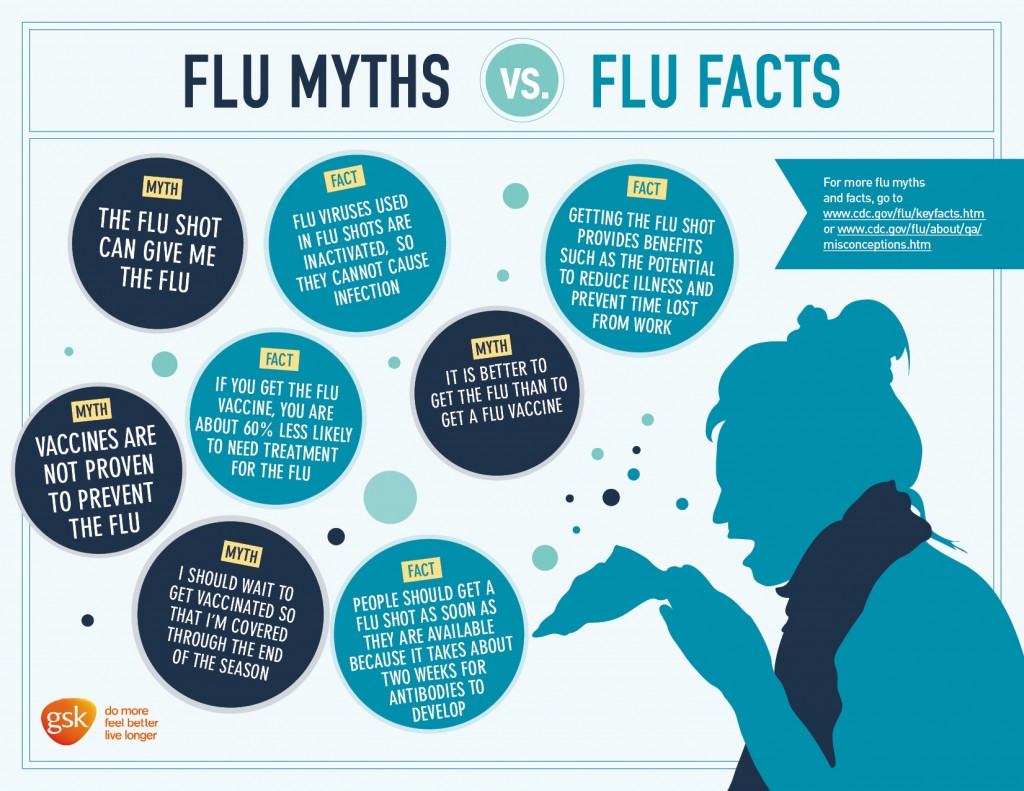Reported as a T-score Osteopenia As above with T-score between -10 SD and -25 SD Fragility fracture. The test can identify osteoporosis determine your risk for fractures broken bones and measure your response to osteoporosis treatment.
Bone Density Testing In Clinical Practice
Use either FRAX without a bone mineral density BMD value if a dual-energy X-ray absorptiometry DXA scan has not previously been undertaken or QFracture within their allowed age ranges to estimate 10-year predicted absolute fracture risk when assessing risk of fracture.

Bone density test guidelines. A bone mineral density BMD of 25 standard deviations SD or more below the mean peak mass of average of young healthy women as measured by dual-energy X-ray absorptiometry DXA. This is shortened to DEXA. However longer intervals may be adequate for repeated screening to identify new cases of osteoporosis.
The logic behind extending testing intervals. Youre a woman whose doctor determines youre estrogen deficient and at risk for osteoporosis based on your medical history and other findings. Several types of bone density tests exist.
Total body bone density scans can also be used to measure the amount of bone fat and muscle in the body. The Taskforce considers these testing frequencies to be clinically appropriate. Some radiation is absorbed by the bone and soft tissue and some travels through your body.
The preferred test is now the bone density mineral test. These guidelines recommend that testing of bone mineral density be performed based on the patients risk factors and is not indicated unless the results will affect a treatment or regimen program. Your bone density measurements will be compared with the bone density.
During a bone density scan a special type of X-ray called dual energy X-ray absorptiometry is passed through your body. Patients with a bone mineral density t-score of less than -15 and above -25 will be eligible for one scan every two years item 12322. Theyre often used to help diagnose bone-related health problems such as osteoporosis or to assess the risk of getting them.
One T-score unit eg. The most commonly used BMD test is called a central dual-energy x-ray absorptiometry or central DXA test. The test called a DEXA scan is a kind of X-ray.
Because of limitations in the precision of DEXA testing a minimum of 2 years may be needed to reliably measure a change in bone density. Many people get a bone-density test every few years. In women 65 years of age and older at baseline screening with a T-score of -150 to -199 at any site and with no.
Bone density should also be measured in women between the ages of 50 and 65 who are considered high risk for osteoporosis. In addition to obtaining your initial DEXA scan results repeating the scan every two to five years is recommended depending on. If initial bone density testing shows you have a T-score of -200 to -249 at any site or if you take medications.
Patients with a bone mineral density t-score of -15 or above will be eligible for one scan every 5 years item 12320. While it is a quick and unobtrusive procedure there are some things you should do to prepare yourself for it. New guidelines released Thursday by the National Osteoporosis Foundation NOF call for bone mineral density BMD testing for all men ages 70 and older and for younger men with risk factors for.
A bone-density test is a way to measure the strength of your bones. Special detectors in the DEXA machine measure how much radiation passes through your bones and this information is sent to a computer. Medicare Part B Medical Insurance covers this test once every 24 months or more often if medically necessary if you meet one of more of these conditions.
The main reason to have the test is to find and treat serious bone loss called osteoporosis and prevent fractures and disability. Bone density scans also known as DEXA scans help to work out your risk of breaking a bone. A bone mineral density BMD test is can provide a snapshot of your bone health.
To diagnose osteoporosis doctors will usually use a reliable means of measuring a patients bone density by performing a procedure known as dual energy X-ray absorptiometry DEXA. -10 is roughly 10 of ones. Read on to learn how to prepare for a bone density scan.
Medicare removed other similar tests when.
